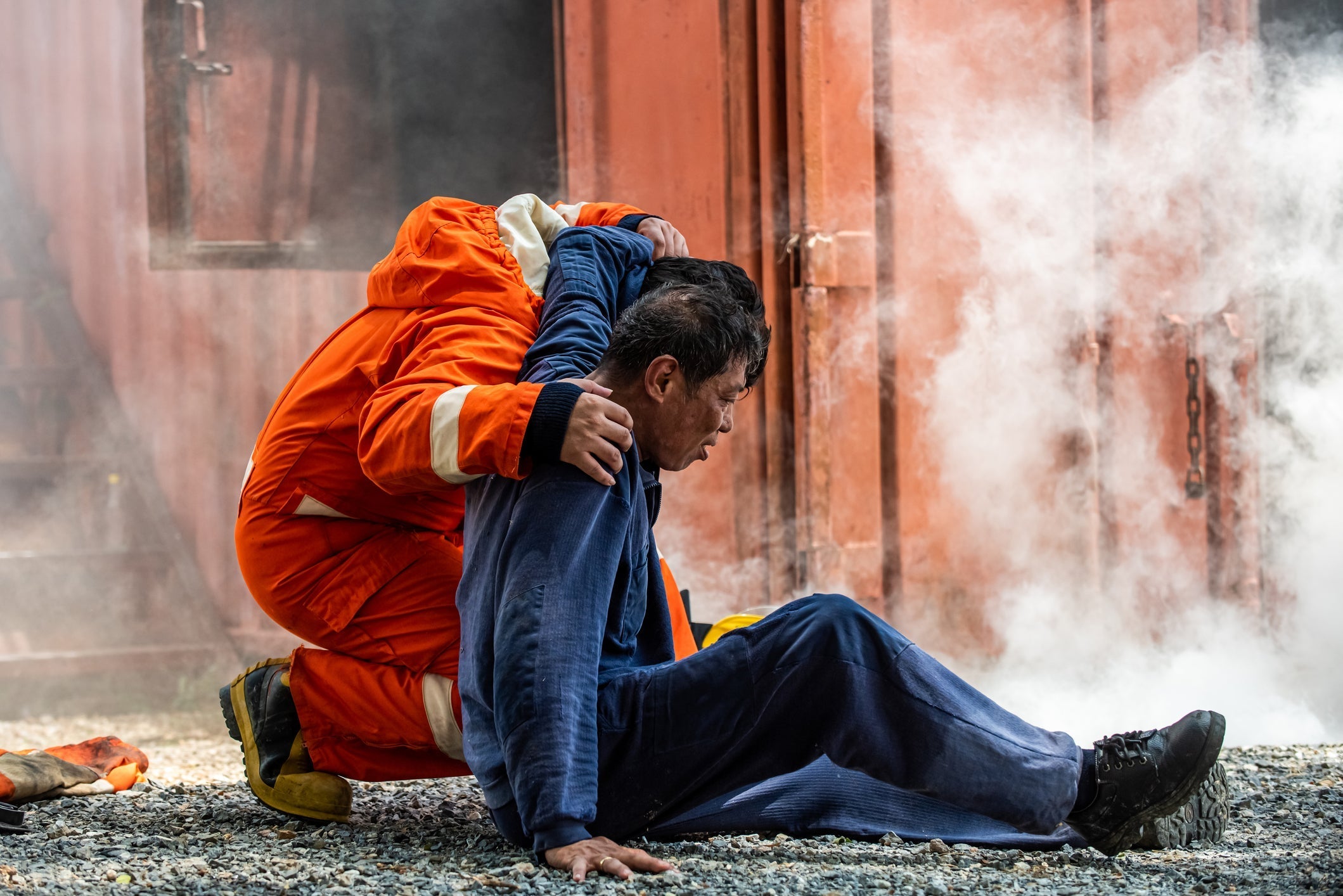Introduction: Training Is Your First Line of Defense
When the temperature rises, outdoor workers—from roofers to landscapers to construction crews—face increased risks of heat stress, exhaustion, and even death. Yet, many employers overlook one of the most powerful tools for prevention: proper heat safety training.
In this guide, we’ll walk you through the best practices for conducting effective heat safety training programs that not only protect your team but also align with OSHA expectations in 2025.
Why Heat Safety Training Is Non-Negotiable
Heat illness is 100% preventable. Still, each year, thousands of outdoor workers suffer heat-related illnesses on the job. Lack of awareness, poor supervision, and untrained staff often contribute to avoidable injuries and even fatalities.
A robust training program helps:
- Prevent costly OSHA citations
- Build safety culture
- Improve worker confidence and morale
- Reduce absenteeism and medical emergencies
OSHA's Position on Training Requirements
Though there’s no federal OSHA heat-specific standard yet, employers are required under the General Duty Clause to protect workers from known hazards—including extreme heat.
Training is one of OSHA’s top criteria during heat-related inspections. Inspectors will ask:
- Have employees been trained to recognize heat stress symptoms?
- Do supervisors know how to respond to heat-related emergencies?
- Are there documented training records and materials available?
What to Cover in a Heat Safety Training Program
1. Understanding Heat Hazards
- Definition of heat exhaustion, heat stroke, heat rash
- Differences between indoor and outdoor heat risk
- Risk factors (humidity, direct sun, PPE, underlying health issues)
2. Recognizing Early Symptoms
- Heavy sweating, nausea, dizziness, confusion
- How to differentiate between mild and severe symptoms
- When to alert a supervisor
3. Hydration and Acclimatization
- Importance of water and electrolytes
- Signs of dehydration
- How to safely adjust to high temperatures over time
4. Emergency Response Protocols
- First aid for heat illness
- When to call 911
- Using cold packs, fans, or shade until help arrives
5. Company Heat Illness Prevention Program (HIPP)
- Review of your company’s written plan
- Access to water, rest, and shade procedures
- Daily heat index check and work schedule modification
How to Deliver Effective Training
Training must go beyond handing out a flyer. Here’s what works best:
- ✅ Interactive formats: Use toolbox talks, videos, and real-life examples
- ✅ Language access: Translate materials into Spanish and other languages
- ✅ Supervisor involvement: Train leaders to model safe behavior
- ✅ Hands-on demonstrations: Let employees practice setting up a rest station or identifying symptoms
- ✅ Annual refresher courses: Especially before summer begins
Heat Training Toolkit: What You’ll Need
eSafety Supplies offers a wide range of materials to support your training:
Document Everything
Maintain a log with:
- Training dates and times
- Names and signatures of attendees
- Topics covered
- Copies of training materials and quizzes
This documentation is critical during OSHA inspections or post-incident reviews.
Common Training Mistakes to Avoid
- 🚫 Skipping seasonal refreshers
- 🚫 Failing to train new hires or temp workers
- 🚫 Using generic materials that don’t reflect actual jobsite risks
- 🚫 Not practicing emergency response drills
Conclusion: Prepare Before the Heat Hits
The best time to train your team is before the heatwave hits. A strong, well-documented heat safety training program can save lives, reduce liability, and strengthen your company’s safety reputation.
Empower your crew to act smart in the heat with professional-grade training and PPE from eSafety Supplies.

